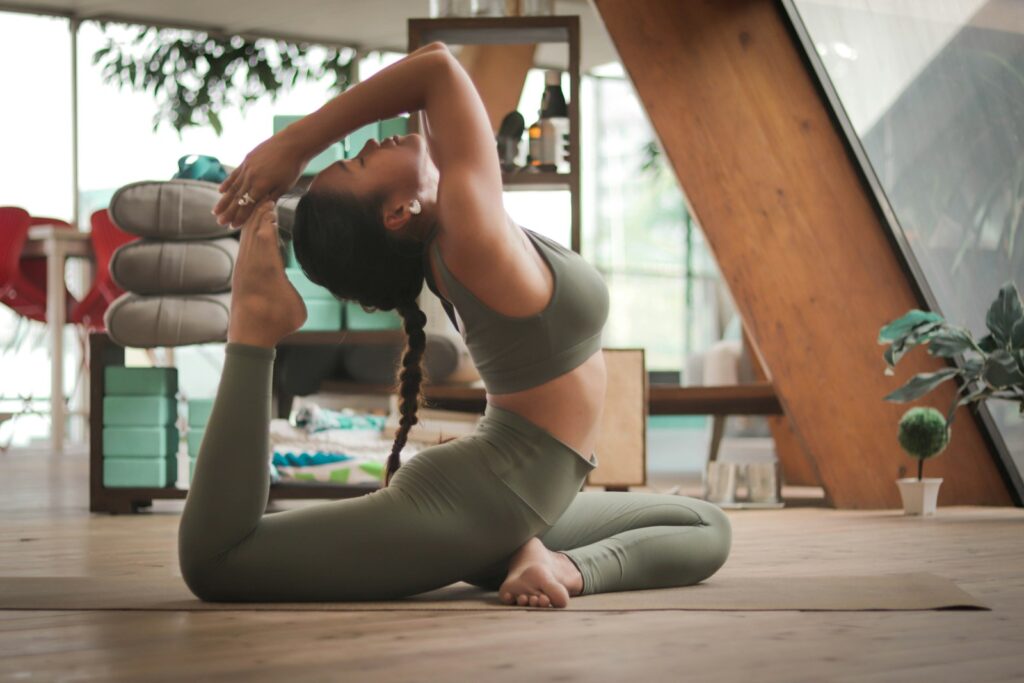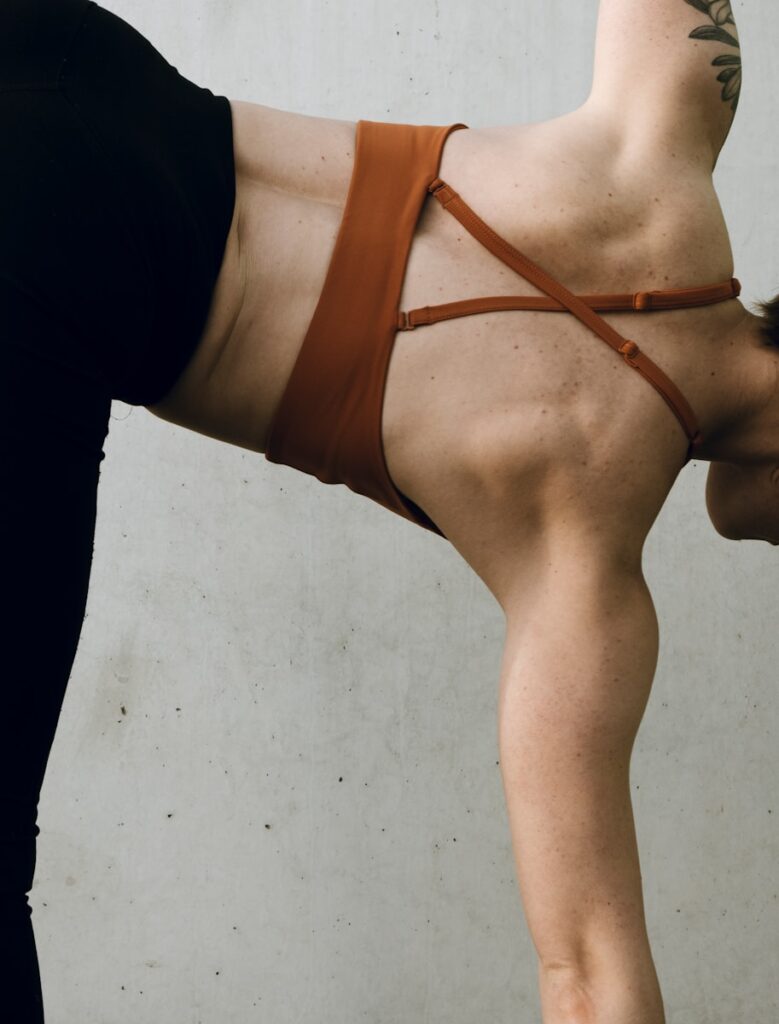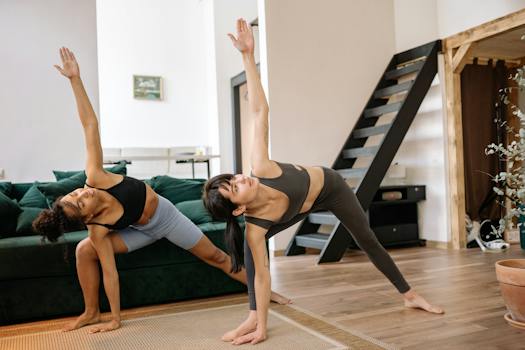
Yoga is a holistic practice that combines physical postures, breathing exercises, and meditation to promote overall health and wellness. It’s a versatile discipline that can be adapted to suit people of all fitness levels, making it an excellent choice for beginners. This article will explore some of the best yoga poses for beginners, providing a comprehensive guide for those looking to embark on their yoga journey.
Why Yoga?
Before we delve into the best yoga poses for beginners, it’s important to understand why yoga is such a beneficial practice. According to a study published in the International Journal of Yoga, regular yoga practice can improve flexibility, strength, balance, and mental well-being. It can also help reduce stress, anxiety, and depression.
Best Yoga Poses for Beginners
Starting a new fitness routine can be intimidating, but yoga is a practice that welcomes beginners with open arms. Here are some of the best yoga poses for beginners to get you started:
1. Mountain Pose (Tadasana)
Mountain Pose is the foundation for all standing yoga poses. It helps improve posture, balance, and calm focus.
2. Downward-Facing Dog (Adho Mukha Svanasana)
This pose strengthens and stretches the entire body, making it a great pose for beginners to learn early on in their practice.

3. Child’s Pose (Balasana)
Child’s Pose is a restful pose that can be performed between more difficult poses. It helps to stretch the hips, thighs, and ankles while calming the mind and relieving stress and fatigue.
4. Warrior I (Virabhadrasana I)
Warrior I is a standing pose that strengthens the legs, opens the hips and chest, and stretches the arms and legs. It also improves focus, balance, and stability.
5. Tree Pose (Vrksasana)
Tree Pose is a balancing pose that strengthens the legs and core. It also promotes mental and physical equilibrium.
Benefits of Yoga for Beginners
Starting a yoga practice can bring numerous benefits, especially for beginners. Here are some of the key benefits:
- Improved flexibility and strength
- Enhanced balance and stability
- Reduced stress and anxiety
- Increased focus and concentration
- Better sleep
Getting Started with Yoga
Starting a yoga practice doesn’t require a lot of equipment. All you need is a yoga mat and comfortable clothing that allows for movement. It’s also recommended to start with a beginner’s yoga class or online tutorial to learn the basics and prevent injury.
Foundational Yoga Poses for Mind and Body
Yoga is a powerful practice that unites breath, movement, and mental focus. For beginners and seasoned practitioners alike, mastering a few foundational poses builds strength, increases flexibility, and cultivates calm. These postures form the essential building blocks of a safe and sustainable practice, offering profound benefits for both physical and mental well-being.
Standing Poses for Strength and Stability
Standing poses are the bedrock of a yoga sequence, creating a strong and stable foundation.
Mountain Pose (Tadasana)
This is the blueprint for all standing poses. It may look simple, but actively standing with feet rooted, core engaged, and shoulders relaxed teaches body awareness and improves posture. It is a pose of stillness and powerful presence.
Warrior II (Virabhadrasana II)
A dynamic pose that builds strength and endurance. With a deep lunge and arms extended, it powerfully opens the hips and chest while strengthening the legs, ankles, and core. It cultivates mental focus and resilience.
Grounding Poses for Flexibility and Release
These poses help release tension in the body’s major muscle groups and promote flexibility.
Downward-Facing Dog (Adho Mukha Svanasana)
A quintessential yoga pose, it rejuvenates the entire body. It stretches the hamstrings, calves, and shoulders while strengthening the arms and legs. It also calms the brain and helps relieve stress, serving as a vital resting pose within a flow.
Child’s Pose (Balasana)
This is a essential resting and restorative posture. It gently stretches the hips, thighs, and ankles while calming the nervous system. It is a safe place to return to at any time during a practice to rest and reconnect with the breath.
Integrating Breath and Movement
The true essence of yoga lies in uniting these physical shapes with conscious breathing, or pranayama. Moving slowly and holding each pose for several breaths allows you to explore the posture more deeply, quiet the mind, and unlock the full, transformative potential of your practice.
Yoga is a versatile and accessible practice that offers numerous benefits for beginners. From improving flexibility and strength to reducing stress and anxiety, the benefits of yoga are extensive. The poses outlined in this article – Mountain Pose, Downward-Facing Dog, Child’s Pose, Warrior I, and Tree Pose – provide a solid foundation for beginners to start their yoga journey. Remember, the key to yoga is consistency, so try to make it a part of your regular routine for the best results.





